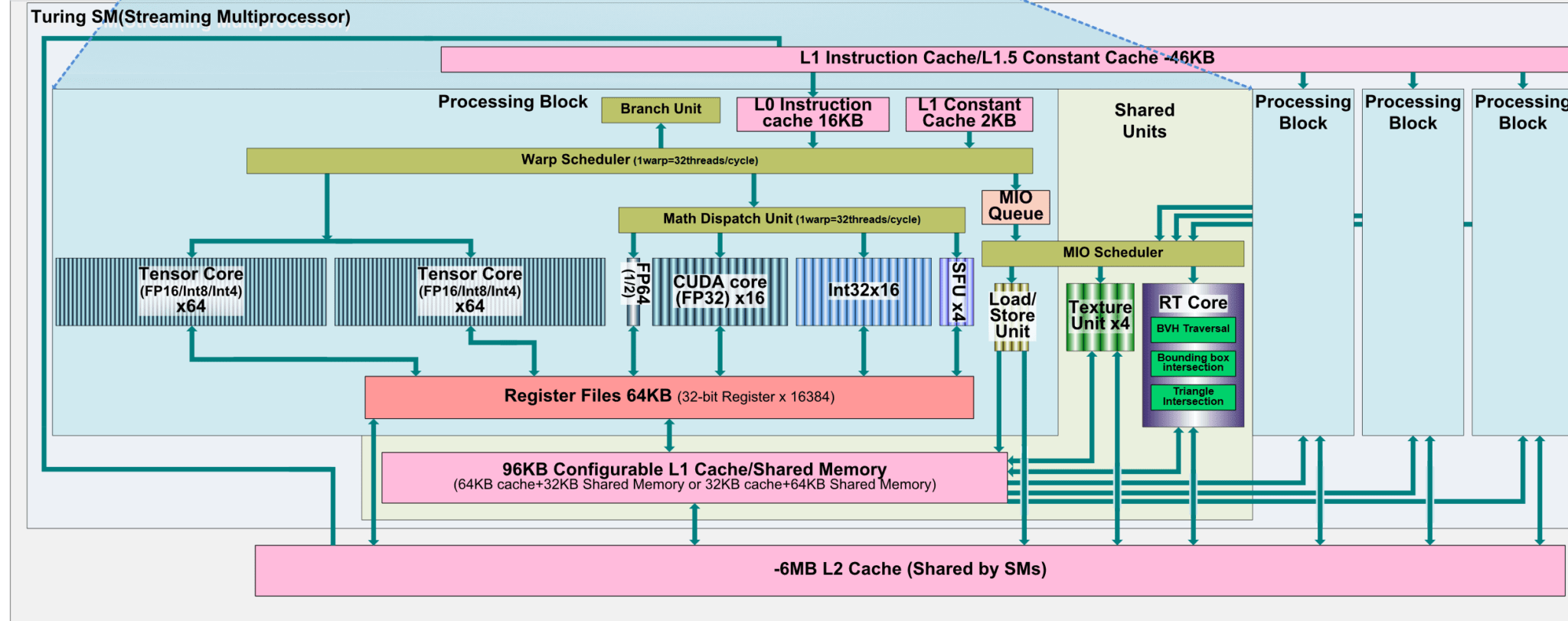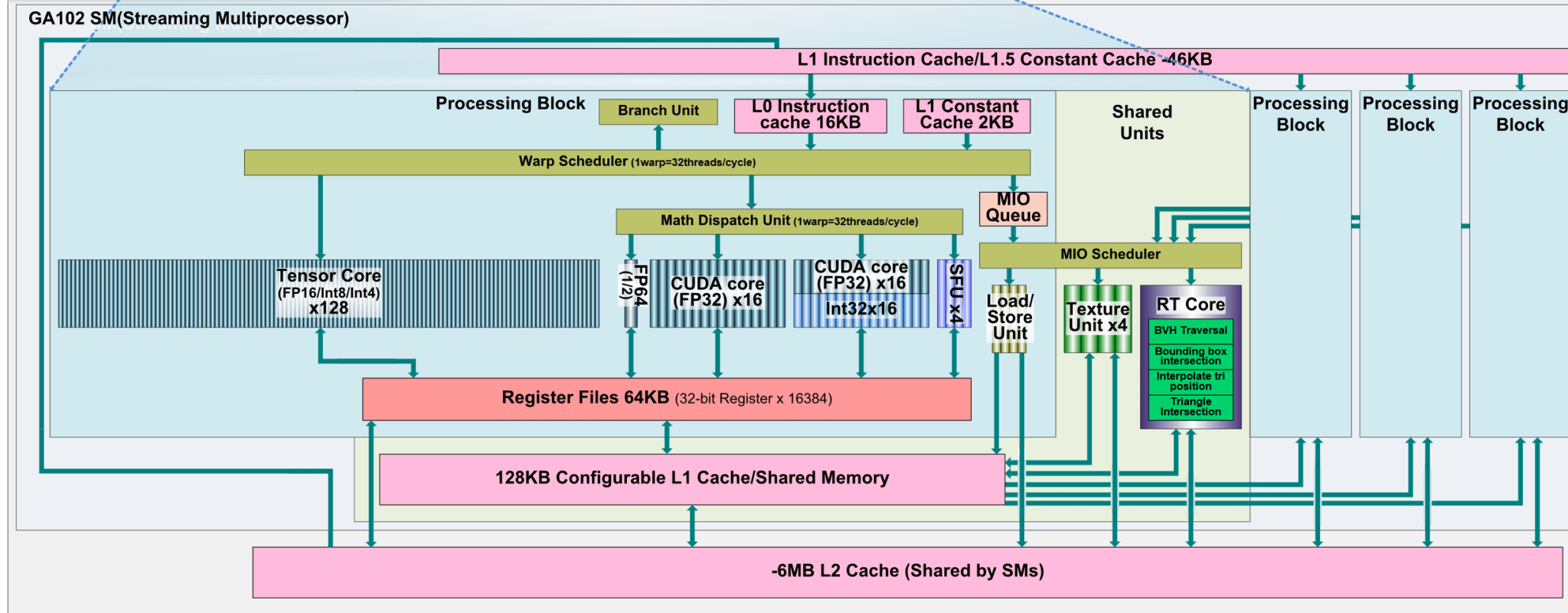AMD
abandoned the IA a long time ago; for the better. They experimented a lot over the years and across products, regarding the primitive pipeline. It might not be so visible on the public surface.
I would say this is a fairly good proto-concept for mesh shaders:
https://patents.google.com/patent/US20140362081A1/en
Basically in that iteration there's a large degree of freedom possible in the span from "fetch shader" to "compute vertex front" to "vertex shader", where the purpose of each conceptual stage is already overlapping. I tend to think of "Primitive Shaders" as a cleanup of the inevitable mess from the experimentation, a consolidation into a cleaner more unified hardware concept. Amplification isn't embedded into these as a first class citizen yet, but if you got no IA, you can do whatever you want through the draw parameters and just treat the whole thing as a procedural generation problem. You can see Amplification being realizable in terms of instancing. It's very interesting how this loops back to the
DX9 tesselation add-on, where the amplification basically happened [conceptually] inside the IA, and the vertex shader got fed with barycentrics. Amazing flexibility. When looking at the AMD ISA, I feel the hardware can implement a large amount of different abstract rasterization pipeline models, without much of a problem.
I think this whole history and evolution of the primitive front-end would be a very nice article for Beyond3D.






